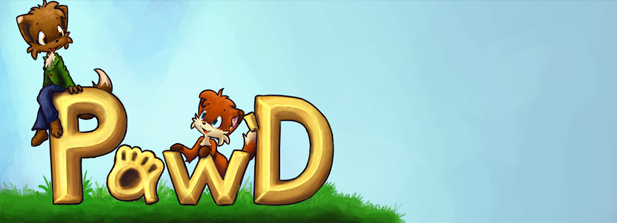Instances
An instance is essentially a copy of a map. It contains the same kind of monsters and NPCs as the original map, however apart from that, it is completely separate. Instances can be created for two main reasons, which affects how much influence you have on the instance.
Contents
Crowded maps
When you enter a map with a lot of players already on it, a new instance will be created for you. You can tell that you are on a separate instance by looking at the map name on the top right of your screen, which will have a number appended to it, which indicates what instance you are on. For example, if you enter Saliko Village, and the map name reads "Saliko Village 2", you are on instance #2. Instance #1 does not have a number next to it.
Usually, when you are in a group, everyone in the group will enter the same instance - so grouping up with friends is a great way to stay together, even in crowded maps. You can also switch to the other instances manually, by clicking the map name on the top right of your screen. This will show you a list of all other instances, together with how many adventurers each instance currently has. Clicking on any of the instance numbers will switch you to it.
Notes
- Since instances are separate, monsters may be on a different location in whichever instance you switch to. Be careful that you do not end up in a pack of hostile monsters!
- If you enter a new instance, rare monsters may or may not be spawned on it. The spawn time is random, so you may just get lucky!
- Public chat between instances is separate. If you chat in public, only other adventurers in the same instance as you can hear you. This only affects public chat, not whispers, group or guild chat, or chat channels such as #Main.
- You cannot switch instances during or shortly after combat.
- Once you switched instances, there is a short delay before you can switch instances again. Note that this delay can be longer if you switch instances outside villages.
Dungeons
Dungeons are isolated areas with tough monsters and bosses, which you can enter with your group. Because of that, they are always instanced: when you enter a dungeon, a copy of that dungeon is created just for you and your group. This ensures that everyone gets their own monsters, and their own boss. The dungeon instance you enter depends on several factors:
- Generally, if you are in a group, you go into the same instance as whoever started the group.
- Certain important events (such as killing a boss, or starting an event inside the dungeon) will bind you to your dungeon instance. This saves your progress, so that when you return to the dungeon, you will enter the same instance as before, until your dungeon expires (this is called a "hard reset", and typically happens after 20 hours).
- If you are bound to a dungeon, and you want other friends to help you that are not bound, you need to start the group. This ensures they go into your dungeon, even though they are not bound, yet.
Notes
- You cannot switch between instances inside dungeons (you will not be able to click the map name on the top right), since the instance you go to depends on the group you are in.
- You cannot advance deeper into dungeons while you are in combat. So, even though you can make a run for the portal, you will not be able to enter it until you drop out of combat.
- Typing "/dungeons" in your chatbox shows you a list of all dungeons you are currently bound to, and when they expire.
- You can type "/reset" in your chatbox to soft-reset all your dungeons. This will respawn most monsters, however it will not unbind you from the dungeon. Unbinding only happens during the timed hard-resets.








